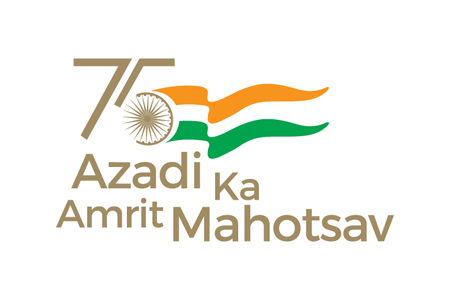History of Bahour Commune Panchayat
Bahour is an ancient, historically famous village situated at a distance of 22 Kms., from the town of Puducherry spreading 54.20 sq. kms. In the 8th century A.D. Bahour was a great centre of Sanskrit studies. These villages were endowed to this Sanskrit School during the rule of Pallava King Nirupatunga Varma. Their revenues were to be enjoyed by the residents of this great seat of learning. In the inscriptions, Bahour is known as Vahour and also as Azhagiya Chozha Chatur Vedhi Mangalam. The presiding deity of the temple in this village is called as Sri Moola Nathar Swamigal, concerted with Sri Vedhambigai Amman.
The temple is considered to have been built in the middle part of the 10th century. On the South of Bahour, river Pennaiyar is running west to east and joins in to the sea, Bay of Bengal. The Bahour lake is the 2nd biggest lake in the Union territory of Puducherry irrigating 5420 acres of lands. It is fed by Pennaiyar River through Bangaru Channel.
Eventhough, Bahour and surrounding villages are predominantly agriculture-oriented, in the recent past, industries has also developed, various nature of many new industries are rapidly coming up bringing up Socio-economic changes in the villages. There are two industrial estates one at Kattukuppam belonging to Industries Department and another at Kirumapakkam-Pannithittu owned by PIPDIC.
During the pre-merger period, the local body used to call as Commune de Bahour and governed by elected representatives of people called Councilors who in turn elected the Mayor. The Pondicherry Villages and Commune Panchayat Act, 1973, was brought into force in this Union Territory with effect from 26.1.1974, introducing the two-tier system the village Panchayat and Commune Panchayat Council. This Commune Panchayat consists of 14 Nos. of Village Panchayats and has a population of 68,757 Nos as per 2011 Census.
According to the provision of the Act, this Village Panchayat will be responsible for the construction and maintenance of public roads within their areas, burial ground, drainage, cleanliness of streets and provision of public latrines, water for drinking and other purposes and for taking measures to promote public hygiene. They are also responsible for planting trees along public roads, provision of street lights maintenance of public markets, lands for public assembly , slaughter houses, reading rooms, etc., and the control of fairs and festivals and for the establishment and maintenance of parks, playgrounds, etc.




